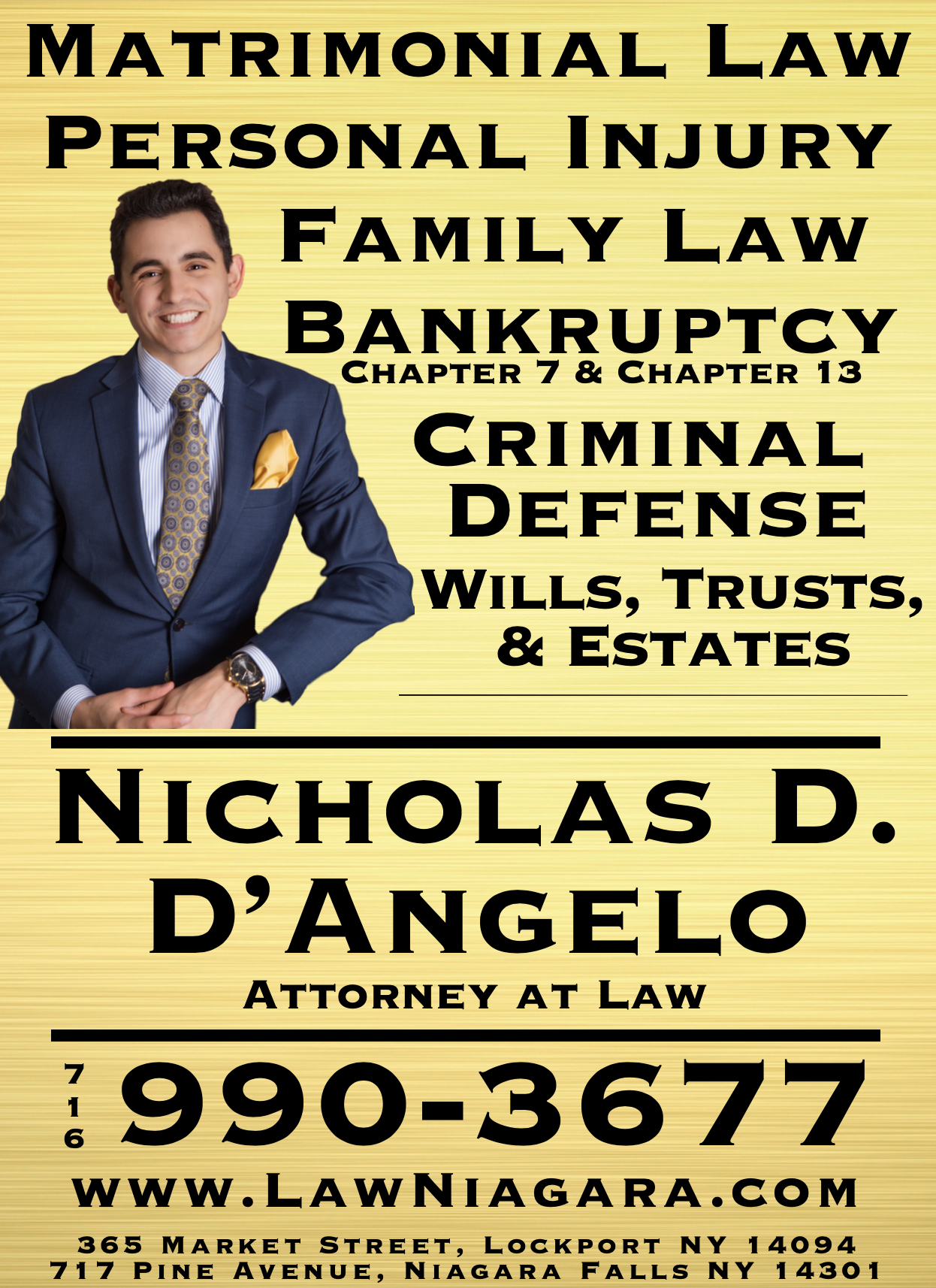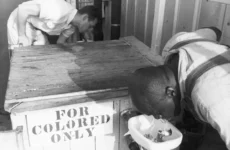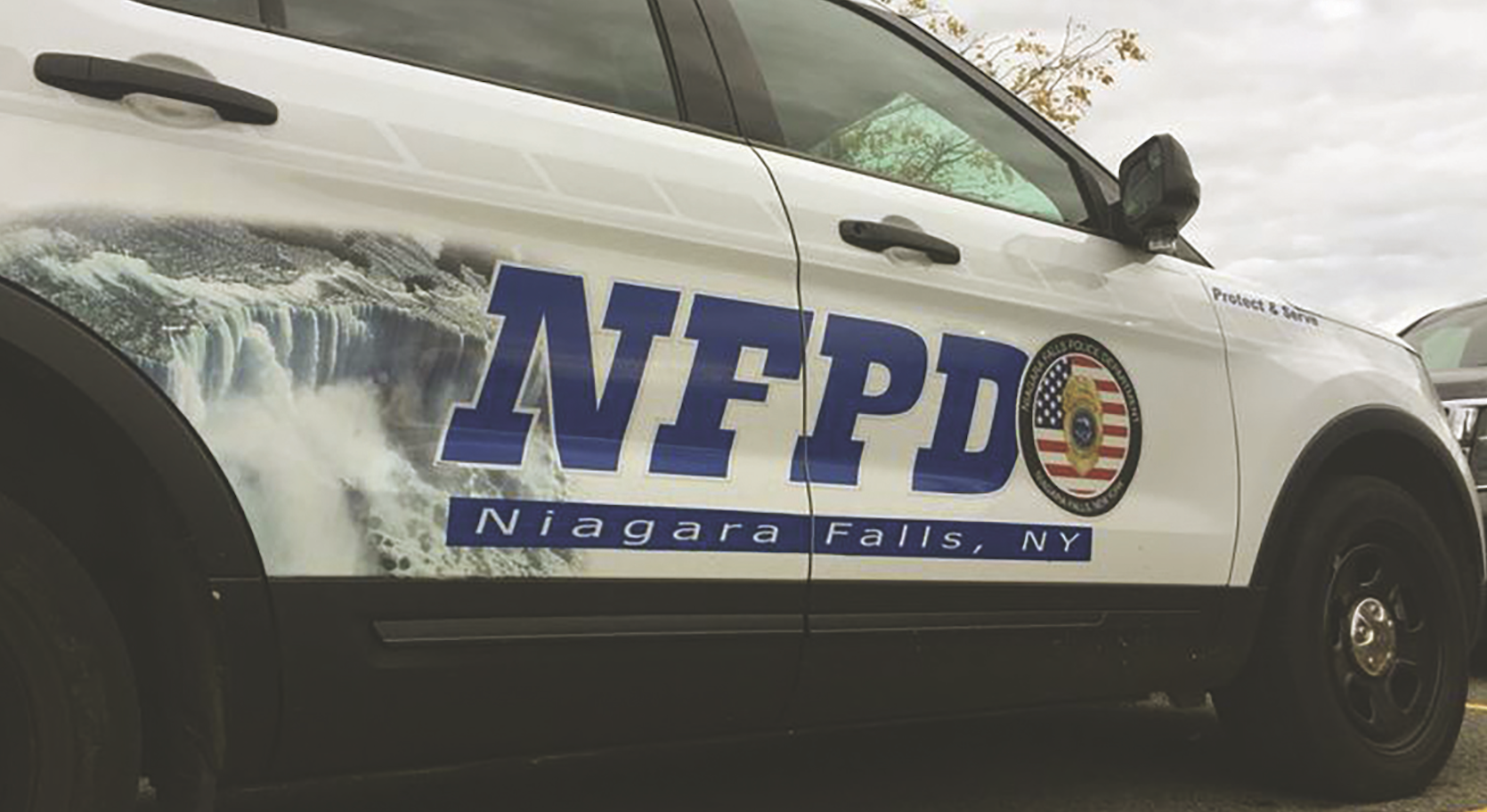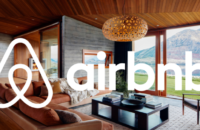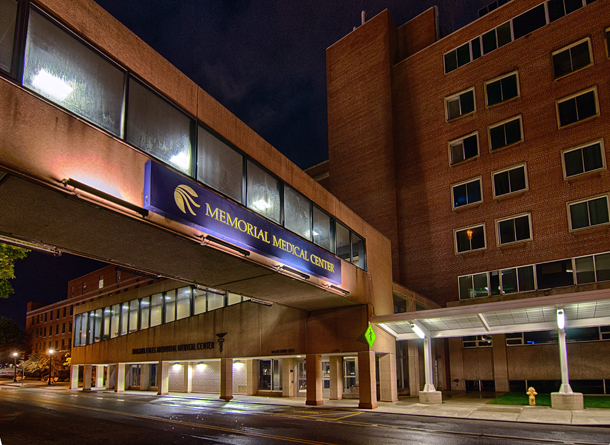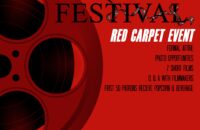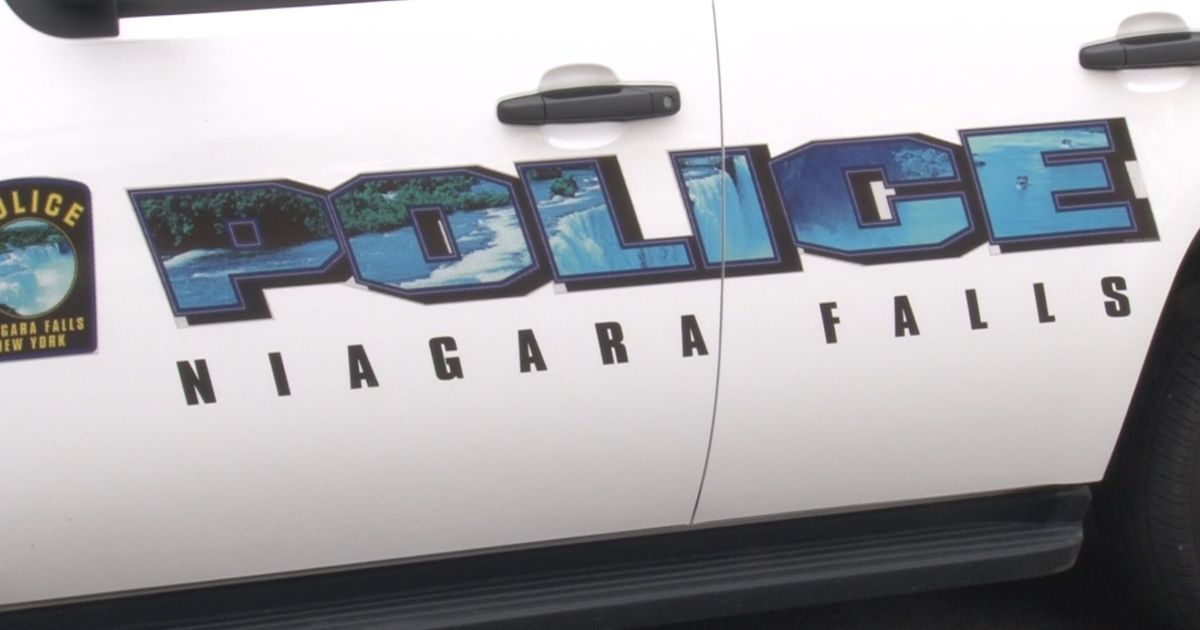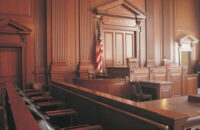Please click the link below to subscribe to a FREE PDF version of each print edition of the Niagara Reporter
http://eepurl.com/dnsYM9

By: Ken Hamilton
Perhaps it is time that while the Seneca casinos’ issue is still tied up in litigation that Niagara Falls reassess both the distribution and the use of its share of casino money.
Rich Fontana, former WBEN Radio 930AM newsman and now current Buffalo Common Councilman, was amazed when I told him that the City of Niagara Falls NY was not allowed to put 100% of its 25% of the states 25% of Seneca Niagara Casino slots-take directly into its general fund. In Niagara Falls, I told him, the city is required to give a percentage to certain other institutions, and some of which are actually non-governmental. Fontana, who heads up Buffalo Common Council’s Finance Committee, like me, was stunned by the news. He said that all of the monies that Buffalo gets from their Buffalo Creek Casino goes directly into their own general fund.
But Buffalo is one of the state’s “Big-Five” cities, and are chartered and configured very differently than smaller cities like Niagara Falls and Salamanca. Though Buffalo’s casino funds (which were coming in over the amounts that the city had budgeted) do indeed go into the general fund, the money for Buffalo’s school system – along with state aid – comes out of the city’s coffers. In Niagara Falls the school system levies its own taxes, however school taxes charged but not paid must come out of the city’s general fund. Fontana said that the Common Council also supports many 501-c-3s out of the general fund into which went the casino funds, in a sense, it also partially uses casino funds to do so, but not on the casino fund budget line.
Would it benefit Niagara Falls to have such a system, whereas in the past portions of the city’s funds went to the Niagara County, where every legislator except 3 of the 4 Niagara Falls legislators got a fair share. It is estimated that a pot of $75,000 was divvied up by the 11-1/2 legislators, and Legislator Jason Zona, whose district overlapped into the Town of Niagara got a half-share for that part of his district. The County Legislature’s action of not giving Niagara Falls a share was premised upon the city already received a share of the funding. Each non-Niagara Falls legislator then would have gotten an estimated $7,000 with Zona and his Town of Niagara District receiving closer to 3,500. There’s a however, however.
A portion, up to $750,000, of the Niagara Falls city’s share also goes to Niagara Falls Memorial Medical Center, a facility that serves as Niagara County mental health facility; and as the moniker implies, it serves the entire county and county and other policing agencies regularly drop off people from their areas for treatment.
One such case was that of off-duty Niagara Falls Police Officer Walt Nichol’s justified shooting of errant patient Jonah Drisdom. Drisdom was reportedly dropped of by the Lockport PD and peacefully went in for evaluation prior to the arrival of Drisdom. For some reason, Drisdom had the right to leave when he wanted prior to the end of his evaluation and apparently fled the hospital carrying a table knife from his dinner tray with him. A hospital staffer then shouted to Nichols to stop that man. Reports also said that when Nichols confronted the knife-wielding man, the man turned and charged Nichols, who then dispatched. The family sued over the 1997 case, the Niagara Falls City Council indemnified the off-duty officer, and in 2010 the case was settled out of the city’s coffers for $225,000. That’s 3-times the amount of Niagara Falls casino money that was received in any single year.
But why did the hospital get casino money?
Former Senator George Maziarz, then the negotiating senator on the issue in the then Republican-led State Senate said that he toured the antiquated mental facilities of Memorial and thought that they needed to be improved; and hence the money to do so would be casino money. Maziarz also said that then-Niagara Falls Schools Superintendent Carmen Granto had applied for bonding to make all Niagara Falls schools Americans with Disabilities Act compliant. “I think that [Joseph] Ruffalo and Carmen both did a great job [with the money],” Maziarz said.
And then there was the Niagara Frontier Transportation Authority that wanted to build a new terminal in the Town of Wheatfield for the namesake Niagara Falls International Airport. The older terminal was located largely in the Town of Niagara. Even though the terminals were not in Niagara Falls proper, $28-million of Niagara Falls’ casino money would pay for half of the costs. Maziarz again said that it would benefit the hotels in Niagara Falls, where nearly every hotel in Niagara County is located.
Two other entities received Niagara Falls casino money. Former Niagara Falls-area Assemblywoman Francine Delmonte said that Destination Niagara, formerly Niagara Tourism & Convention Corporation (NTCC), received an estimated $500,000 (as memory serves) casino money for the purposes the development of the Underground Railroad Interpretation Commission’s master plan, and for putting together a plan for the north-end of Main Street, the area that Blue Cardinal Capital has recently made significant purchases.
And then there’s Salamanca. In the case of the City of Salamanca, the City and Cattaraugus County have entered into an agreement which sets forth how local share is to be apportioned which briefly provides as follows:
• The City, the County and the School are first reimbursed for tax loss as a result of Native American tax immunity (each time an enrolled member of the Seneca Nation of Indians or the Seneca Nation itself buys property located on the Reservation, that person and property are immune from taxation).
• The City and the County are reimbursed for direct impact costs (expenses incurred directly related to the casino being located within the municipality).
• Any remaining local share funds are divided 75 percent to the City and 25 percent to the County for economic development.
Like Salamanca, Niagara Falls is similarly reimbursed; albeit, according to DelMonte, with strong language in the agreement that the casino fuds were to be used for economic development. DelMonte, along with then-Mayor Vince Anello, believed that, like Buffalo, the money should have gone first to the city.
Remember, When property is taken off the tax rolls, or the taxes are unpaid, the local school and the county are reimbursed the loss by the city. Likewise, when the towns properties are no longer or unpaid, every city of Niagara Falls taxpayers must likewise make up the differences in the town through city dwellers’ county taxes.
Maziarz was bold enough to say that he was glad that not all of the money went to the city because, he said, he knew that they would blow it.
Despite that, while the entire matter is still in litigation, should not only direct talks be held with the Senecas to act as partners, but should Niagara Falls also negotiate with the state to have total control over the disbursements of its casino money?
What say you? Send your comments to niagarareporter@gmail.com.


